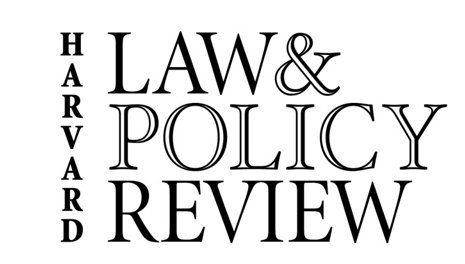By Julie Bachur Gopalan and Allison Wallace, CollegeSpring* Increasing the educational and professional prospects of low-income students is one of the most pressing social justice issues of our time. The Lumina Foundation estimates that over two-thirds of all U.S. jobs will require a postsecondary degree by 2018. Yet, only 9% of students in the bottom income quartile will earn a bachelor’s degree by the time they are twenty-four, compared to 77% of students in the top income quartile. Without …
Continue Reading about Working Together: Improving Accountability & College Access →
